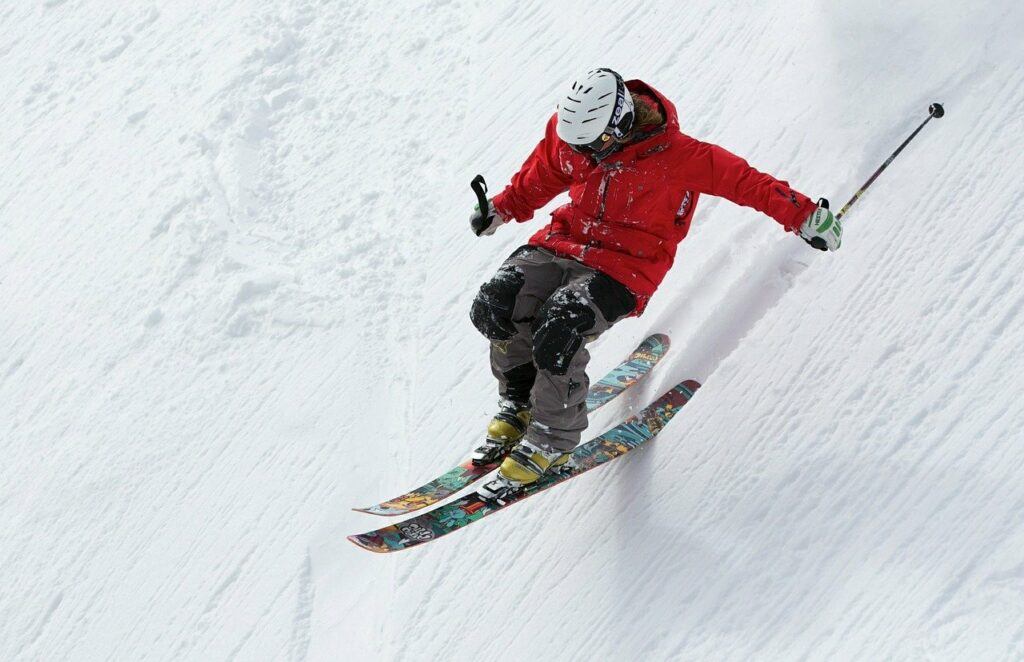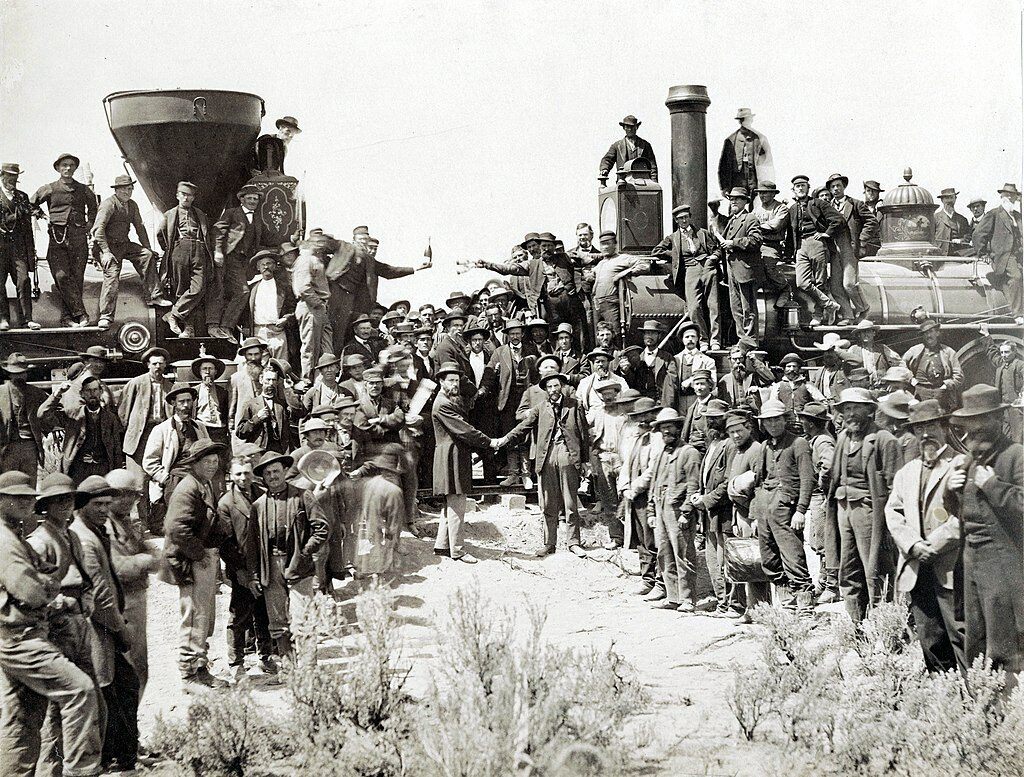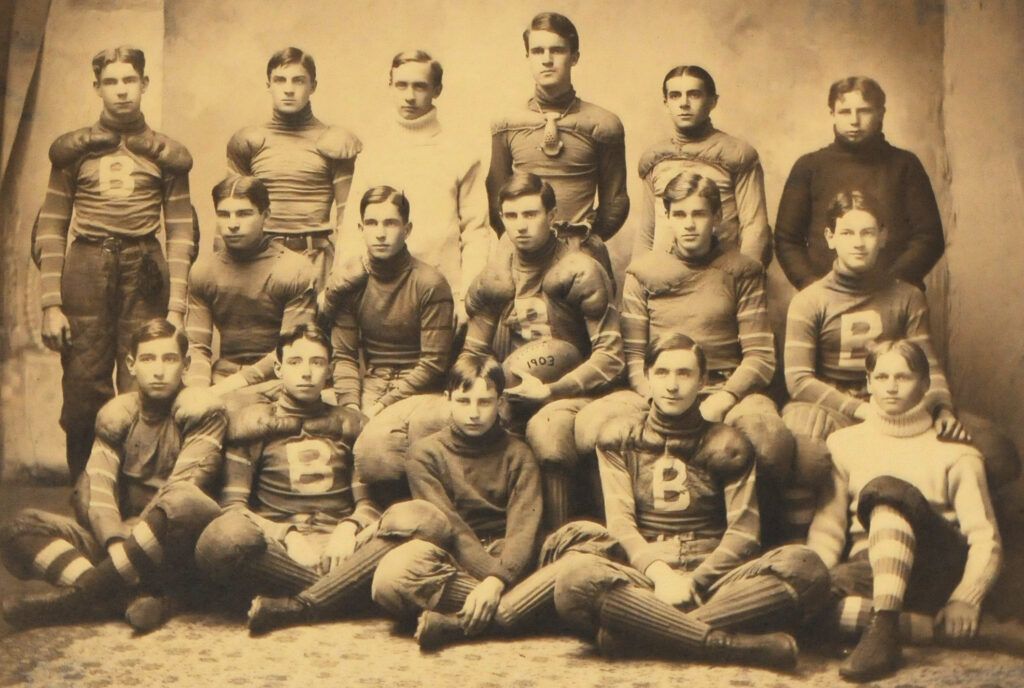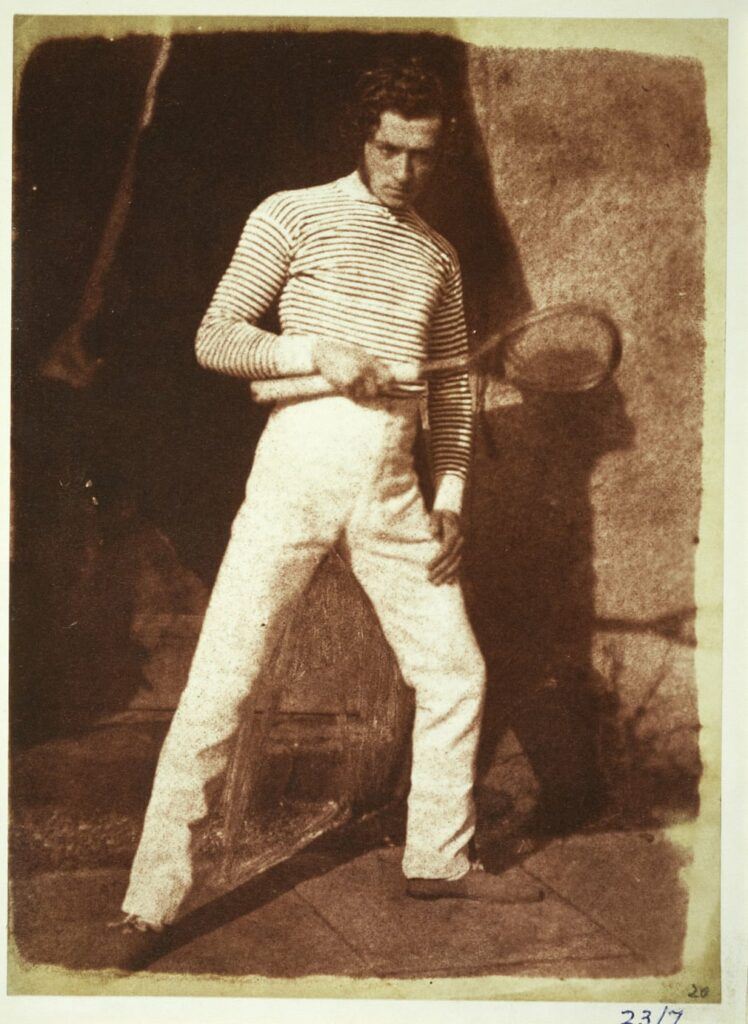The History of Sports Photography Part I

In an earlier post, I shared some of the most influential and memorable images in the field of sports photography. At least, these are some that I personally felt were worthy of being chosen.
Photography’s been around for almost a couple hundred years by now, and during this time, many photographers have managed to capture some amazing images along the way of athletes – some as portraits and others in action. Through their lenses, we’re able to become a part of that moment, whether it’s the heat of competition, the aftermath of victory, or defeat, or perhaps their personal journey of years of hard work, training and effort to get to reach this stage.
Why is there a need for Sports Photography?
I would have to say that Sports Photography has to be one of the most difficult levels of photography – if you think about it, you’re attempting to capture the absolute best image of an athlete in motion under a variety of locations and conditions. Think about the number of different areas that sports can take place today, whether under the lights of a crowded sports stadium at night, or perhaps an overcast, gloomy rugby match on a cold, muddy field with rain droplets hitting you in the face. Whether it’s mountains, water, grass, desert of any other natural lighting and condition, it takes some tremendous skills to be able to capture these images.
I actually read about how one of the first photographers got his start in sports photography – though it wasn’t exactly phrased as this title. He began taking pictures of skiers and decided to try and make a living at it.

Now I’ve started out in my earlier days just trying to capture bicyclists passing me in the park at full speed, and it was a challenge, with everything from the shutter speed, the right angle, leading lines – all of the early techniques that I was taught when I first picked up a camera. Not only does It takes a lot of practice and skill to be able to capture these images and action shots, but patience and a good eye to capture the right moment.
When you think about it and open up a sports website, or a sports magazine, or your sports section of your newspaper (for those of us who still actually read the newspaper) we’re not seeing static portraits, but dynamic, thrilling and sometimes suspenseful images of that action that took place. We’re seeing why Sports Photography is so essential.
How did Sports Photography begin
First – for there to be Sports Photography, you must have sports. In the early days of Photography during the 19th century, the majority of photographs were portraits, of either individuals, families, or perhaps some historical events. And since the camera was a simple and somewhat primitive device for the time that required the subjects to stand still as a statue for a lengthy period of time due to the long exposure. This feature alone would make it difficult to capture any type of action or movement, as it would come out as a blur to the camera.
Second – there weren’t really any professional sports leagues, teams or events in the 1800’s, as the camera was in the earliest days of development. I know individuals had their own choice of recreation through activities such as golf, tennis, running, badminton,etc, but nothing worth writing about, reporting or even photographing. Photojournalism was something that was saved for illustrating serious news stories and topics at the time.
But over time, sports would start to take on a larger role beyond someone’s leisure swim in the local pond, or eighteen holes on a golf course over the weekend. Football was in its infancy and still taking form through college teams such as Yale and Harvard, while american baseball soon became popular during and after the civil war, leading up to the formation of the baseball’s first professional team in 1869 and the National League in 1876. Top this off with the rebirth of the modern Olympics in 1896, and the time seems ripe for the need to capture these events and stories for everyone to read about.

The Advancement of Photographic Techniques
The earliest days of Sports Photography weren’t really any different from any other forms of photography, as the shots were static and still – again, due to the long exposure. You had some variation, where you had photographs of particular sports teams, such as this football team below, which is really no different than a group of classmates posing for their yearbook.

And then there were the occasional portraits, like this image below of a tennis player produced by David Octavius Hill and Robert Adamson. Portraits like these were the norm of the day simply because the technology of the time didn’t allow for the ability to capture fast movement of any type.

But soon, Photography would advance in many different techniques that would elevate it beyond portraiture. One such technique, developed in 1883, was Chronophotography which allowed photographers to take a succession of shots at intervals. Etienne-Jules Marey and his assistant Georges Demeny, would go on to secure up to 50 photos at a rate of 20 images per second. This breakthrough would go on to allow athletes to break down and study how each individual movement works, while providing them a means to study and improve their performance. It was also the precursor to the cinema of the Lumiere brothers.
The bottom line is that photography was entering the phase where it would be able to capture and convey action. And towards the end of the 19th century, the first portable cameras were becoming equipped with a roll of negative film marketed by Kodak. This would allow users to take their cameras to the manufacturer to have their photos developed while getting their camera loaded with a completely new roll of negative film. Quite an achievement for that day!
Conclusion
In Part two, I will dive into the turn of the twentieth century, where Sports was beginning to develop as a national pastime, alongside further developments in the advancements of Photography.
Let me know your thoughts on this topic below!


POST YOUR COMMENTS